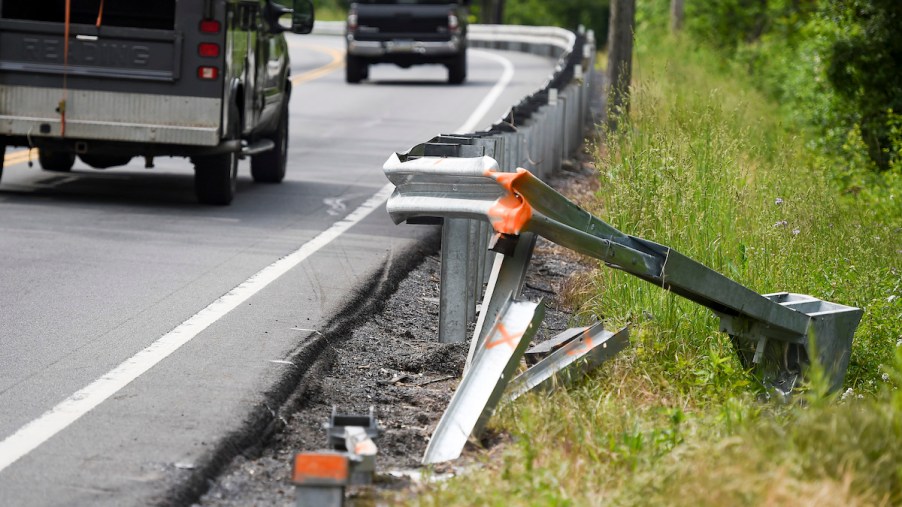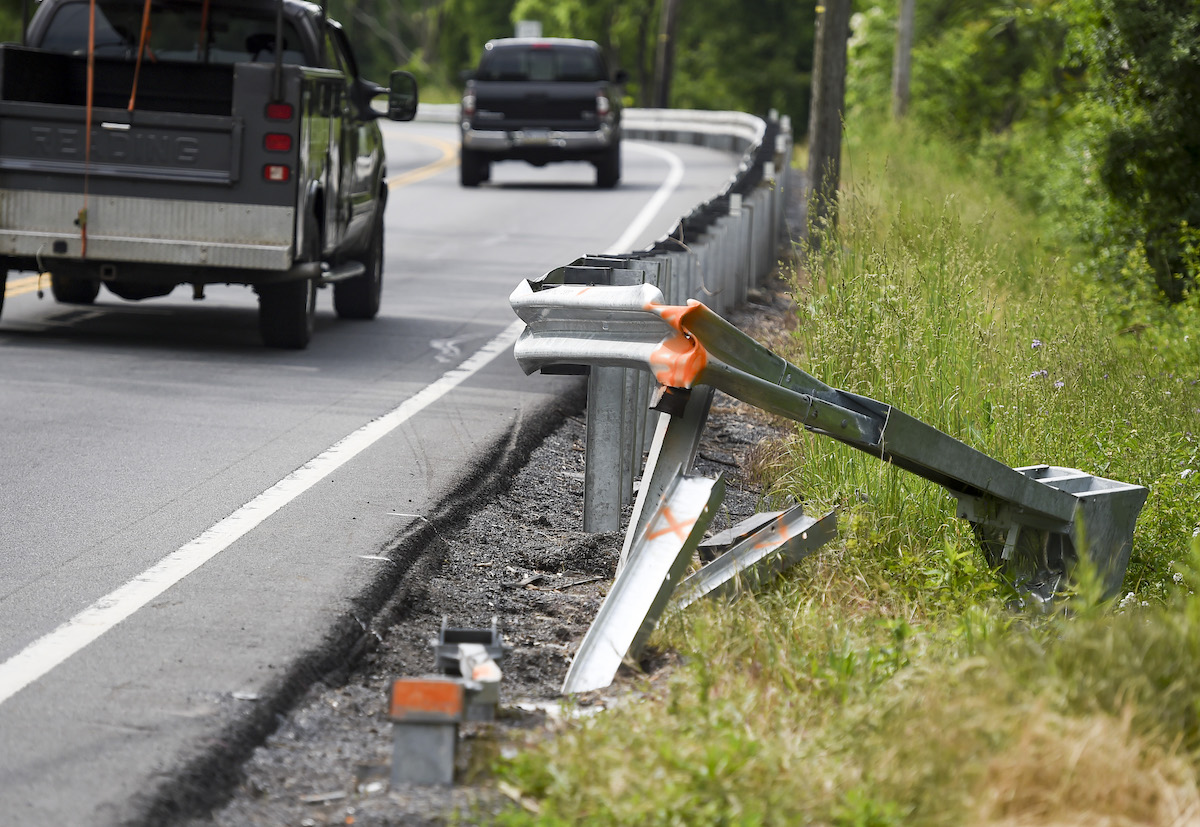
Deadly Girl Scout Hit-and-Run Illustrates the Dangers of Huffing and Driving
Huffing and driving is as dangerous as drinking and driving. DUIs, no matter the substance, can result in car accidents that can be fatal to the driver, passengers, pedestrians, and other motorists. A prime example of the dangers of huffing and driving is a 2018 hit-and-run in Wisconsin that left three Girl Scouts and a mother dead.
Huffing and driving leads to the deaths of 3 Girl Scouts
In November 2018, 21-year-old Colton R. Treu got high after deliberately inhaling (huffing) the keyboard cleaner spray Ultra Duster, which he said he had purchased at Walmart. He got into his Ford F-150 with a passenger and began driving on a Wisconsin highway. Treu lost control of the truck and crashed into a group of Girl Scouts and parent chaperones picking up trash along the highway.
A mother (Sara Jo Schneider) and three of the Girl Scouts (Jayna S. Kelley, Autumn A. Helgeson, and Haylee J. Hickle, daughter of Sara Jo) died. One 10-year-old (Madalyn Zwiefelhofer) sustained life-altering injuries. “The girls were wearing highly visible green safety vests while participating in a highway cleanup project,” CNN reported.
Treu fled the scene and drove back home. He tried to hide his damaged truck by parking another car in front of it but eventually turned himself in to the police. After attempting to evade his court appearance, he was charged with the following:
- Four counts of homicide while intoxicated
- Four counts of a hit and run involving death
- One count of a hit and run involving major bodily injuries
- One count of bail jumping
- One count of intentionally abusing a hazardous substance
Treu and his passenger, John Stender, gave conflicting accounts of the accident. Stender said Treu didn’t look well while driving and was drifting over the center line, so he took the steering wheel to get on the right side.
However, Treu said Stender was higher than he was and that grabbing the steering wheel caused him to lose control of the pickup.
In March 2020, Treu was sentenced to 51 years in prison for his crimes. And in September 2021, Stender was convicted of helping Treu hide his truck after the crash and sentenced to three years in prison, according to WEAU News.
The dangers of huffing and driving

According to the National Institute on Drug Abuse, inhalants are substances that are considered drugs only when the user intentionally inhales the fumes. These chemicals are usually readily available in products such as spray paint, hair spray, and cleaning solutions. Using inhalants may cause “drowsiness, lightheadedness, [and] loss of inhibition,” MedicineNet says.
In effect, huffing and driving is similar to drinking and driving. Drivers might find it difficult to make sound decisions, follow traffic laws, and maintain consciousness. Others might lose their sense of coordination, causing them to veer into another lane or swerve off the road, as in the case of the Girl Scout hit-and-run.
How do people get high from inhaling aerosol spray?
Though various inhalants have different active ingredients, one thing remains the same: They have toxic chemicals that affect the brain. The way they do this is known as central nervous system (CNS) depression. Essentially, it slows down brain activity and makes it difficult to make sound judgments. It can also lead to other side effects, such as hallucinations.
Here’s a rundown of a few chemicals found in inhalants and some of their short-term effects:
- Isobutane (found in hair spray): Causes hallucinations.
- Difluoroethane (found in keyboard duster spray): Causes confusion, loss of coordination, and dizziness.
- Xylene (found in paint thinner): Causes dizziness, slowed reaction times, and weakness.
Difluoroethane was the ingredient in the alleged Ultra Duster spray that led to Treu’s fatal accident.
How to get help: In the U.S., contact the Substance Abuse and Mental Health Services Administration helpline at 1-800-662-4357.


